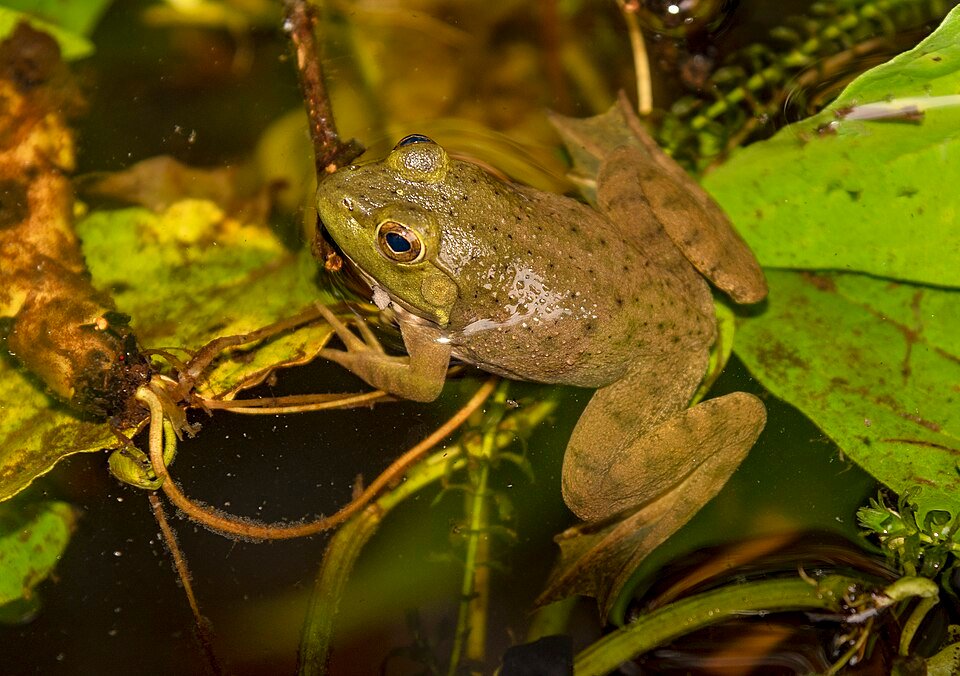
The tilapia, due to its affordability and deliciousness, is a staple in many households. However, the COVID-19 pandemic disrupted its supply chain, leading many to turn to recirculating aquaculture systems (RAS) to grow their own. But tilapia raised in RAS often grows more slowly than those from traditional cage farms. Why is that?
A team of scientists from Universiti Malaysia Terengganu, Heilongjiang River Fisheries Research Institute, and National Taiwan Ocean University studied the energy mobilization preference and ionoregulation model of female tilapia, Oreochromis sp., living in different environments (cages and RAS).
Two main hypotheses
To address the issue of slower growth in RAS-raised tilapia, scientists proposed two hypotheses:
- Reproduction vs. growth: Tilapia mature at around 100 g, and females incubate their eggs in their mouths, sacrificing feeding during incubation. Scientists suspected that RAS fish prioritize reproduction, slowing down growth compared to cage-raised fish where eggs fall through the mesh.
- Ionoregulation vs. growth: Fish in open cages may expend more energy maintaining ionic balance in different water conditions compared to RAS fish in controlled environments.
In this context, the study investigated these hypotheses by comparing:
- Tilapia cultured in RAS (Treatment I): Raised in controlled recirculating systems.
- Tilapia cultured in cages (Treatment II): Raised in open cages in a natural water body.
- Transferred tilapia (Treatment III): Transferred from cages to RAS for 4 weeks.
They analyzed two key factors:
- Energy mobilization: Studying which energy reserve sources (lipids, glycogen, proteins) fish use.
- Ionoregulation: Measuring the activity of Na+/K+ ATPase (NKA), a crucial enzyme for maintaining internal mineral balance. This activity reflects energy spent on ion regulation.
Results
“According to the data obtained in this study, a lower HSI was observed in Treatment II, indicating prioritized energy for supporting exercise activity and high metabolic rates. While from observation, Tilapia in Treatment II were seen swimming actively in a circle, we speculate that this swimming behavior could lead to high energy expenditure for exercise while maintaining efficient aerobic metabolism,” report the scientists.
In summary, the main findings of the study were:
- RAS and transferred fish: Lipid mobilization prioritized, likely for gonadogenesis (egg production).
- Cage-raised fish: Glycogen primarily used for daily activity, with protein reserved for growth.
- NKA activity: Maintained stable across all groups, suggesting efficient homeostasis maintenance.
Application in tilapia aquaculture
The study’s results have several implications for tilapia fish farmers:
Stay Always Informed
Join our communities to instantly receive the most important news, reports, and analysis from the aquaculture industry.
- Understanding these strategies can optimize RAS for faster growth by managing factors like water quality and light to reduce energy spent on ionoregulation.
- Further research could explore additional factors influencing growth performance in RAS.
Conclusion
The researchers conclude that: “The present study revealed that tilapia mobilized its energy differently in different culture environments. Tilapia preference in accessing glycogen as easy energy to support exercise metabolism in cage culture conditions, while tilapia cultured in RAS mobilized lipids and proteins for gonadogenesis purposes.”
Tilapia adapts its energy strategies based on its environment:
- RAS: Fish focus on reproduction, allocating lipids for egg development.
- Cage: Fish prioritize growth and daily activity, using readily available glycogen and conserving proteins.
The study was funded by the Fundamental Research Grant Scheme of the Ministry of Higher Education Malaysia (MOHE).
Contact
Young-Mao Chen
Bachelor Degree Program in Marine Biotechnology, College of Life Sciences, National Taiwan Ocean University, Keelung, Taiwan
Center of Excellence for the Oceans, National Taiwan Ocean University, Keelung, Taiwan
Email: ymc868@mail.ntou.edu.tw
Hon Jung Liew
Higher Institution Centre of Excellence, Institute of Tropical Aquaculture and Fisheries, Universiti Malaysia Terengganu, 21030, Kuala Nerus, Terengganu, Malaysia
Heilongjiang River Fisheries Research Institute, Chinese Academy of Fishery Sciences, Harbin, China
Email: honjung@umt.edu.my
Reference (open access)
Razali, R.S., Rahmah, S., Shirly-Lim, Y.L. et al. Female tilapia, Oreochromis sp. mobilised energy differently for growth and reproduction according to living environment. Sci Rep 14, 2903 (2024). https://doi.org/10.1038/s41598-024-52864-0
Editor at the digital magazine AquaHoy. He holds a degree in Aquaculture Biology from the National University of Santa (UNS) and a Master’s degree in Science and Innovation Management from the Polytechnic University of Valencia, with postgraduate diplomas in Business Innovation and Innovation Management. He possesses extensive experience in the aquaculture and fisheries sector, having led the Fisheries Innovation Unit of the National Program for Innovation in Fisheries and Aquaculture (PNIPA). He has served as a senior consultant in technology watch, an innovation project formulator and advisor, and a lecturer at UNS. He is a member of the Peruvian College of Biologists and was recognized by the World Aquaculture Society (WAS) in 2016 for his contribution to aquaculture.




